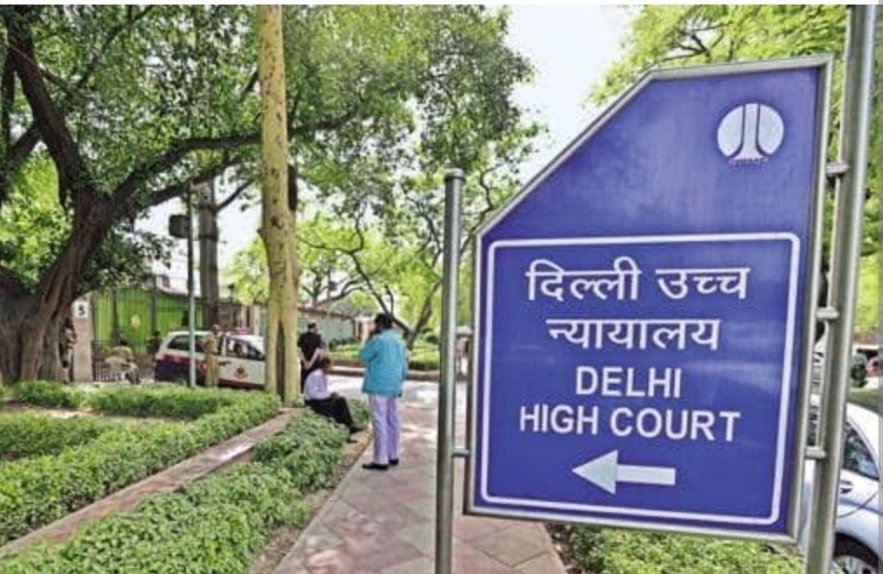In a groundbreaking move on July 4, 2024, the Delhi High Court breathed new life into the contentious issue of e-cigarette patentability in India. Justice Mini Pushkarna presided over the bench that admitted an appeal from Phillip Morris Products, challenging the Assistant Controller of Patents and Design’s decision to reject their patent application for an “aerosol generating article with multi-material susceptor.” This decision not only highlights the ongoing tug-of-war over e-cigarette regulations but also revives the broader debate on the application of public morality in patent law.
The Contested Patent Application
Phillip Morris’s patent application (no. 201617028283) has been a point of controversy since its inception. The invention, aimed at creating a more sophisticated e-cigarette, faced objections from the outset. The Controller of Patents cited Section 3(b) of the Indian Patent Act, 1970, which excludes patents for inventions deemed contrary to public order or morality or harmful to life or health. Additionally, the Prohibition of Electronic Cigarettes Act, 2019, which outright bans the production, manufacture, import, export, transport, sale, distribution, storage, and advertisement of electronic cigarettes, was a significant factor in the rejection.
Phillip Morris’s Robust Defense
In their appeal, Phillip Morris argued vehemently against the Controller’s interpretation of Section 3(b) and the impact of the 2019 Act. The company presented a two-pronged argument focusing on inventive steps and public morality.
Firstly, they contested the objections related to inventive step. Phillip Morris highlighted that the combination of multiple prior art documents to challenge the inventive step, a practice known as “mosaicing,” inherently suggests non-obviousness. They cited landmark cases such as Technograph v. Mills & Rockley and J. Mitra and Co. Pvt. Ltd. v. Kesar Medicaments, asserting that such combinations are only permissible if a skilled person would naturally arrive at the invention without inventive effort. They further underscored this point with references to Biogen Inc v. Medeva plc and F. Hoffmann-La Roche v. Cipla Ltd., emphasizing that the inventive step lies in the specific solution devised, not just the general method or goal.
Secondly, regarding Section 3(b), Phillip Morris tackled the nebulous concept of public morality head-on. They argued that the term “contrary to public morality” is undefined in the Act, leading to subjective and inconsistent application. They contended that their invention aimed to reduce the harmful effects of smoking, not to cause serious harm to humans, animals, or plants.
Additionally, they pointed out the inconsistency in the Indian Patent Office (IPO) granting patents for traditional cigarettes while rejecting those for e-cigarettes. They also referenced international agreements like the Paris Convention and Trade-Related Aspects of Intellectual Property Rights (TRIPS) Agreement, arguing that these treaties prevent refusal of patents solely based on domestic legal prohibitions, provided the inventions are otherwise patentable.
Controller’s Rationale For Rejection
The Controller of Patents, in rejecting Phillip Morris’s application, leaned heavily on the intertwined interpretation of Section 3(b) with the 2019 Act. The Controller argued that granting patents for inventions explicitly banned by the government would create ambiguity and contradict public health policies. The rejection also dismissed the relevance of international agreements, asserting that Section 3(b) aligns with TRIPS by excluding inventions harmful to public health. The Controller viewed the comprehensive ban on e-cigarettes under the 2019 Act as reinforcing this position.
Reassessing The Patentability Of E-Cigarettes
The High Court’s decision to admit the appeal sets the stage for a broader reassessment of e-cigarette patentability in India. The definition of electronic cigarettes under Section 3(d) of the Drugs and Cosmetics Act, 1940, and the stringent bans imposed by the 2019 Act, have stymied innovation in this field. The ban has left patent applicants and businesses in a precarious position, stifling a potentially transformative industry.
The paradox of traditional cigarettes remaining legal while e-cigarettes face an outright ban is at the heart of this debate. The IPO’s hesitation to approve patent applications for e-cigarettes, influenced by the 2019 Act, raises questions about the consistency and fairness of patent law application. If an invention meets the criteria of inventiveness and non-obviousness, it should be granted a patent, with any subsequent commercial restrictions managed separately under the relevant laws.
The refusal to grant patents based on subjective interpretations of public order and morality raises significant concerns. Applicants risk substantial commercial losses if government policies change after their applications are rejected. They could lose their first-mover advantage and face issues with prior art found in their own documentation. Moreover, international practices of granting patents for e-cigarettes, despite health-related restrictions, suggest that India could reconsider its stance.
A Win-Win Prospect
Some legal experts argue that granting patents for e-cigarette-related inventions could actually support public health goals by keeping the rights exclusive and confined to the patent holder, thereby limiting broader market circulation. This argument, although not accepted by the Controller in the current case, presents an interesting angle that merits consideration.
Conclusion
The Delhi High Court’s decision to admit Phillip Morris’s appeal is more than a legal procedural step; it is a significant moment in the ongoing dialogue about the intersection of public health policy and patent law. As this case progresses, it will undoubtedly serve as a bellwether for how India navigates the complex terrain of patentability for products with significant public health implications. The outcome could reshape the landscape for e-cigarette innovation and patent law, setting important precedents for future cases.
Authors: Raisha Bansal & Smera Singh

